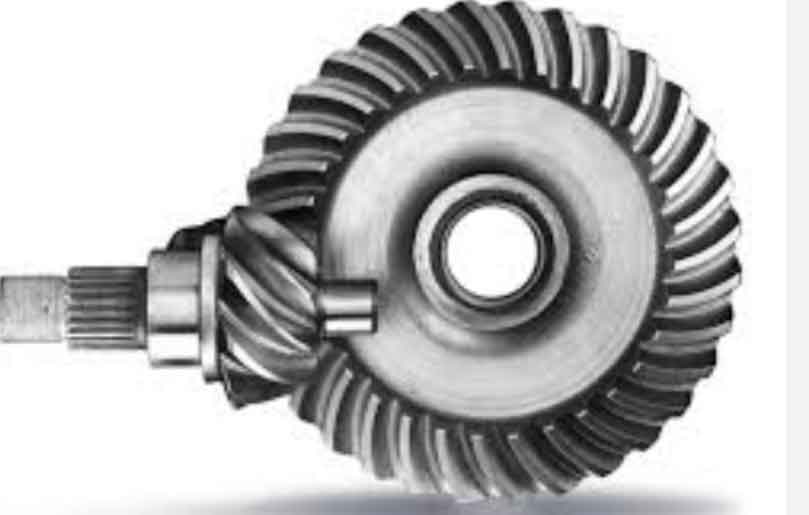Hypoid gears are commonly used in various mechanical systems, especially in automotive applications where they transmit power at right angles. The reliability and durability of hypoid gears depend on several factors, including material selection and heat treatment. Let’s discuss each of these aspects in more detail:

1.Material Selection:
Choosing the right material for hypoid gears is crucial to ensure their reliability and durability. The material should possess properties such as high strength, wear resistance, and fatigue resistance. Common materials used for hypoid gears include:
- Steel Alloys: Alloy steels, such as AISI 8620, 9310, or 4340, are widely used due to their high strength and toughness. These steels can withstand the high loads and stresses associated with gear applications.
- Carburizing Steels: Carburizing steels, such as AISI 9310, are specifically designed for gear applications. They have a tough core and a hardened surface, which enhances wear resistance and fatigue strength.
- Powder Metallurgy (PM) Steels: PM steels are made by compacting and sintering powdered metal particles. They offer good wear resistance, high strength, and dimensional stability. PM steels, such as MPIF 35, are suitable for hypoid gear applications.
The material selection should consider the specific application requirements, including torque, load capacity, operating conditions, and service life expectations.
2.Heat Treatment:
Heat treatment plays a vital role in enhancing the properties of the chosen material for hypoid gears. The primary heat treatment processes involved are:
- Carburizing: Carburizing is a surface hardening process where the gear is heated in a carbon-rich environment. This process diffuses carbon into the surface layers of the gear, increasing its hardness and wear resistance. After carburizing, the gear is typically quenched to achieve the desired hardness.
- Quenching and Tempering: Quenching involves rapid cooling of the gear from a high temperature to increase its hardness. Tempering follows quenching and involves reheating the gear to a lower temperature and then cooling it slowly. Tempering reduces the brittleness caused by quenching and improves the gear’s toughness and fatigue resistance.
- Shot Peening: Shot peening is a process where small metal shots are bombarded onto the gear’s surface. This induces compressive stresses in the surface layers, enhancing the gear’s resistance to fatigue failure.
Proper heat treatment processes are essential to achieve the desired hardness, case depth, and core toughness, ensuring the gear can withstand the loads and stresses during operation.
It’s worth noting that the specific material selection and heat treatment processes can vary based on the gear’s design, application, and the manufacturer’s recommendations. Consulting gear manufacturers or industry experts can provide more precise guidance for a particular scenario.
